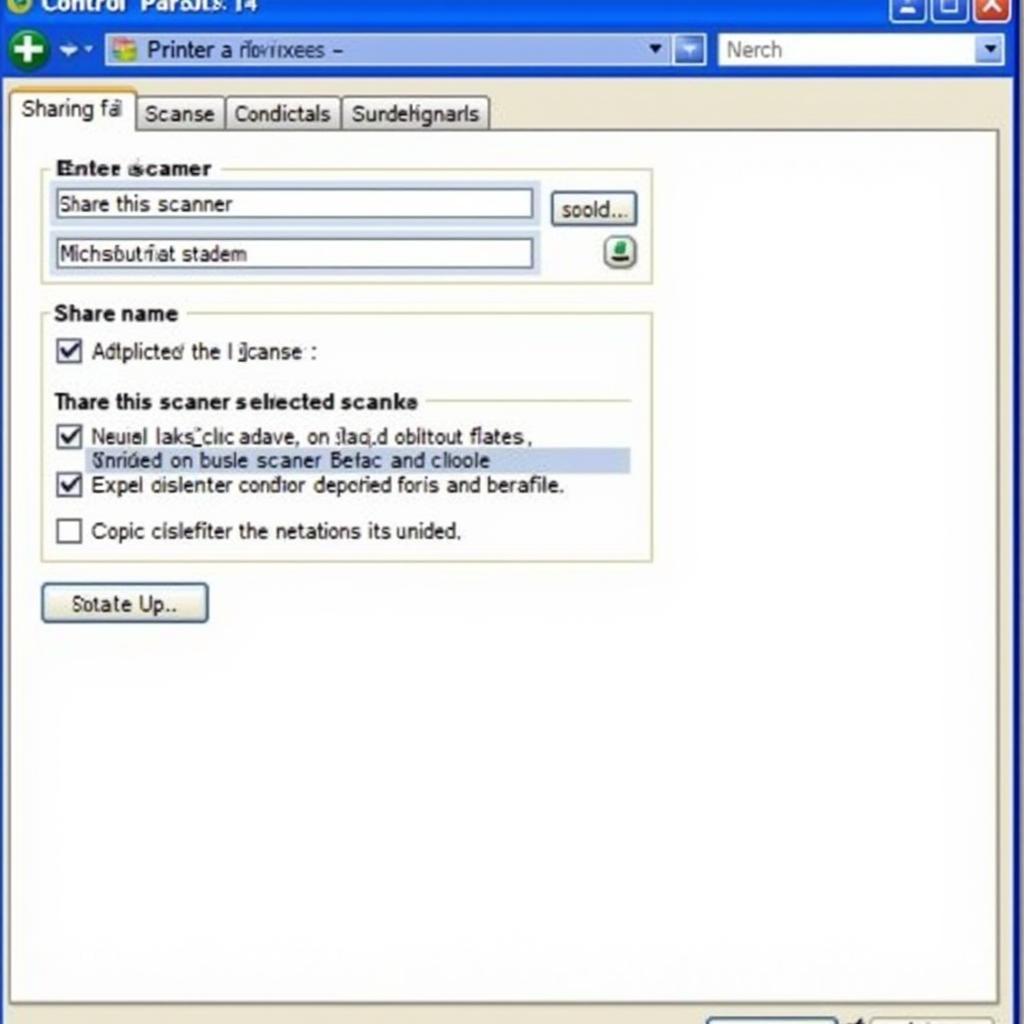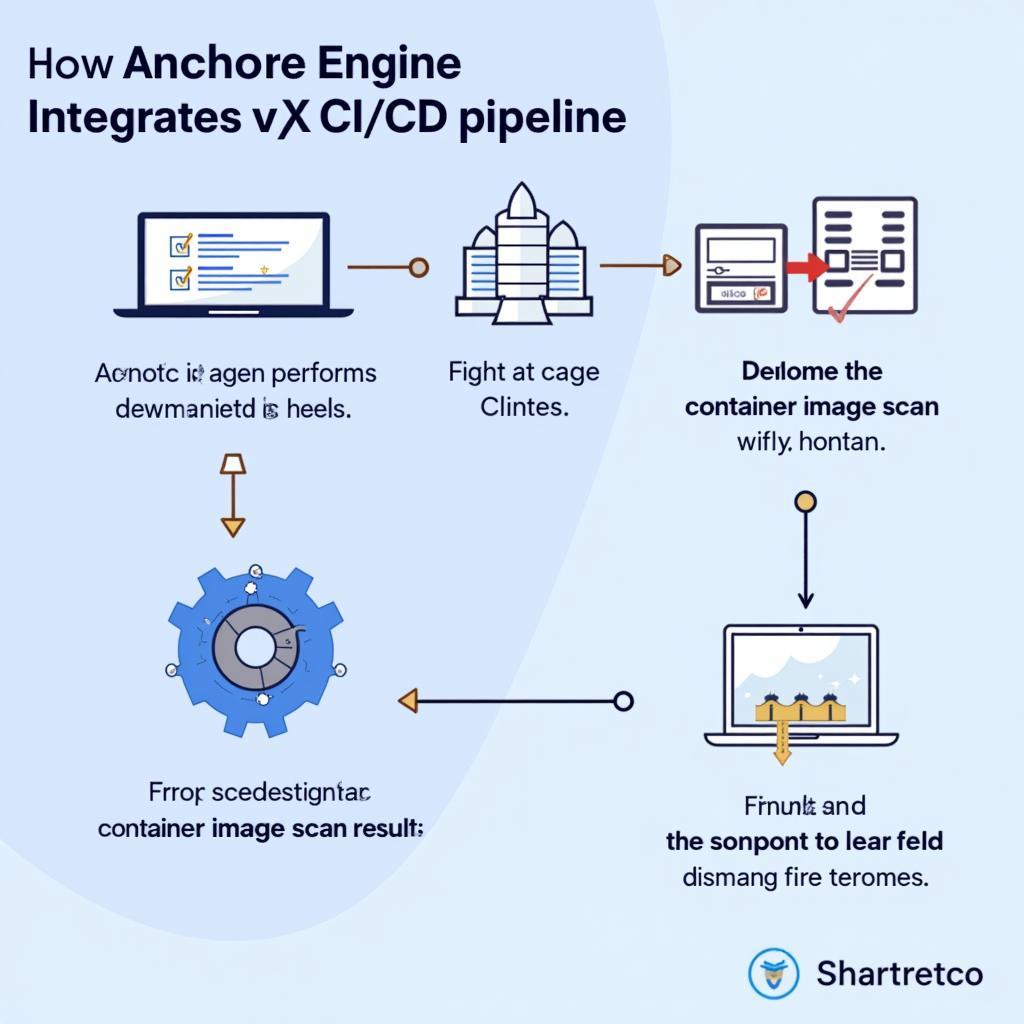Obd 1.5 Compatible Scan Tools bridge the gap between OBD1 and OBD2, catering to vehicles manufactured during the transitional period of the mid-1990s. These tools are essential for diagnosing issues in cars that don’t fully comply with either standard. Understanding their functionality and selecting the right tool can be crucial for both car owners and professional mechanics.
What exactly is an OBD 1.5 compatible scan tool, and why is it important? OBD 1.5 isn’t a formal standard, but rather a term used to describe the various manufacturer-specific implementations of early OBD systems. These systems often combined elements of both OBD1 and OBD2, creating a need for specialized scan tools that could communicate with these unique protocols. Vehicles from this era, especially those from GM, Ford, and Chrysler, often require these specialized tools for accurate diagnostics. Ignoring the need for an OBD 1.5 compatible scan tool can lead to misdiagnosis and wasted time and money.
Understanding the Need for OBD 1.5 Scan Tools
Why would you need an OBD 1.5 scan tool? Many vehicles produced between 1994 and 1996 utilized proprietary diagnostic connectors and communication protocols. Standard OBD2 scanners often fail to connect or retrieve complete data from these vehicles. An OBD 1.5 compatible scan tool allows you to access critical diagnostic information, such as trouble codes, sensor data, and other parameters, allowing for a more accurate and efficient diagnosis. This can be incredibly valuable when troubleshooting intermittent issues or complex electrical problems.
Key Features to Look for in an OBD 1.5 Scan Tool
What features should I look for? When choosing an OBD 1.5 compatible scan tool, consider factors like vehicle coverage, functionalities, user interface, and updates. Ensure the tool supports the specific make and model of your vehicle, as OBD 1.5 implementations varied significantly. Look for features like live data streaming, code reading and clearing, and the ability to access manufacturer-specific codes. A user-friendly interface and regular software updates are essential for maximizing the tool’s effectiveness.
Common Issues Diagnosed with OBD 1.5 Scan Tools
What problems can an OBD 1.5 scan tool help diagnose? These tools can diagnose a range of issues, from simple sensor failures to complex wiring problems. Common examples include diagnosing faulty oxygen sensors, malfunctioning mass airflow sensors, and issues with the evaporative emissions system. They can also help identify problems with the transmission control module, anti-lock brake system, and other critical components. Having the right tool can significantly reduce diagnostic time and avoid unnecessary part replacements.
Connecting and Using an OBD 1.5 Scan Tool
How do I use an OBD 1.5 scan tool? Locate the diagnostic connector, typically under the dashboard or in the engine compartment. Connect the scan tool and turn the ignition key to the “on” position without starting the engine. Follow the on-screen prompts to select the vehicle’s make, model, and year. The tool will then communicate with the vehicle’s computer and retrieve diagnostic information.
Similar to how do i connect car scanner elm to my car, connecting an OBD 1.5 scan tool might require specific adaptors depending on the vehicle.
Choosing the Right OBD 1.5 Compatible Scan Tool
Which OBD 1.5 scan tool is right for me? Consider your budget, technical skills, and diagnostic needs. For occasional use, a basic code reader might suffice. Professional mechanics, however, benefit from more advanced scan tools with comprehensive functionalities and data logging capabilities. Researching different brands and models, reading reviews, and comparing features can help you make an informed decision.
Maintaining Your OBD 1.5 Scan Tool
How do I maintain my scan tool? Keep the software updated, store it properly, and handle it with care. Regularly updating the software ensures compatibility with newer vehicle models and access to the latest features. Storing the tool in a protective case prevents damage and extends its lifespan.
Benefits of Using an OBD 1.5 Compatible Scan Tool
What are the advantages? Using the correct diagnostic tool saves you time, money, and frustration. Accurate diagnoses prevent unnecessary part replacements and reduce labor costs. Furthermore, access to detailed diagnostic information allows for a deeper understanding of the vehicle’s systems and performance. For car owners, this knowledge empowers them to make informed decisions about repairs and maintenance.
Similar to engine diagnostic scanner for classic cars, OBD 1.5 tools offer valuable insights into your vehicle’s health.
In conclusion, investing in an obd 1.5 compatible scan tool is a wise decision for anyone working on vehicles from the mid-1990s. These tools provide invaluable access to critical diagnostic information, allowing for accurate troubleshooting and efficient repairs. Selecting the right tool and understanding its functionalities can significantly improve your diagnostic capabilities.
Need further assistance with your automotive diagnostic needs? Connect with ScanToolUS at +1 (641) 206-8880 or visit our office at 1615 S Laramie Ave, Cicero, IL 60804, USA.
FAQ
-
What is the difference between OBD1 and OBD 1.5?
OBD1 systems are generally pre-1996 and are manufacturer-specific, while OBD 1.5 is a transitional term for systems incorporating elements of both OBD1 and OBD2. -
Can I use a regular OBD2 scanner on an OBD 1.5 vehicle?
While it might connect in some cases, a regular OBD2 scanner may not retrieve all the necessary diagnostic information from an OBD 1.5 system. -
Where can I find the diagnostic connector on my OBD 1.5 vehicle?
The diagnostic connector is typically located under the dashboard or in the engine compartment. Consult your vehicle’s owner’s manual for the exact location. -
How often should I update my OBD 1.5 scan tool software?
Regularly check for software updates, preferably every few months, to ensure compatibility and access to the latest features. -
What if my OBD 1.5 scan tool isn’t working?
Check the connections, ensure the vehicle’s ignition is on, and consult the user manual for troubleshooting tips. -
Are OBD 1.5 scan tools expensive?
Prices vary depending on the features and capabilities. Basic code readers are relatively affordable, while professional-grade scan tools can be more costly. -
Can an OBD 1.5 scan tool clear trouble codes?
Yes, most OBD 1.5 scan tools have the functionality to read and clear diagnostic trouble codes.


